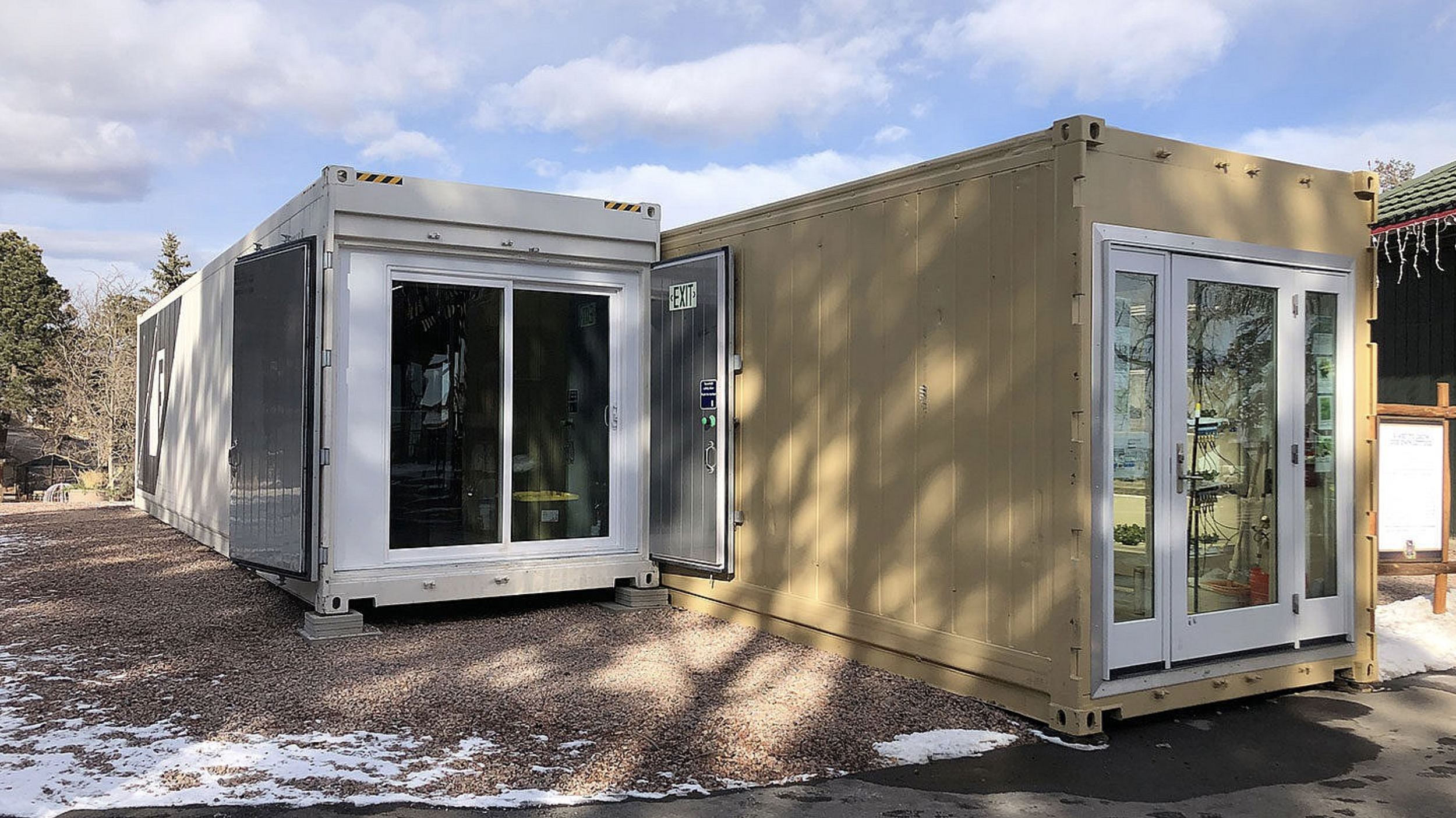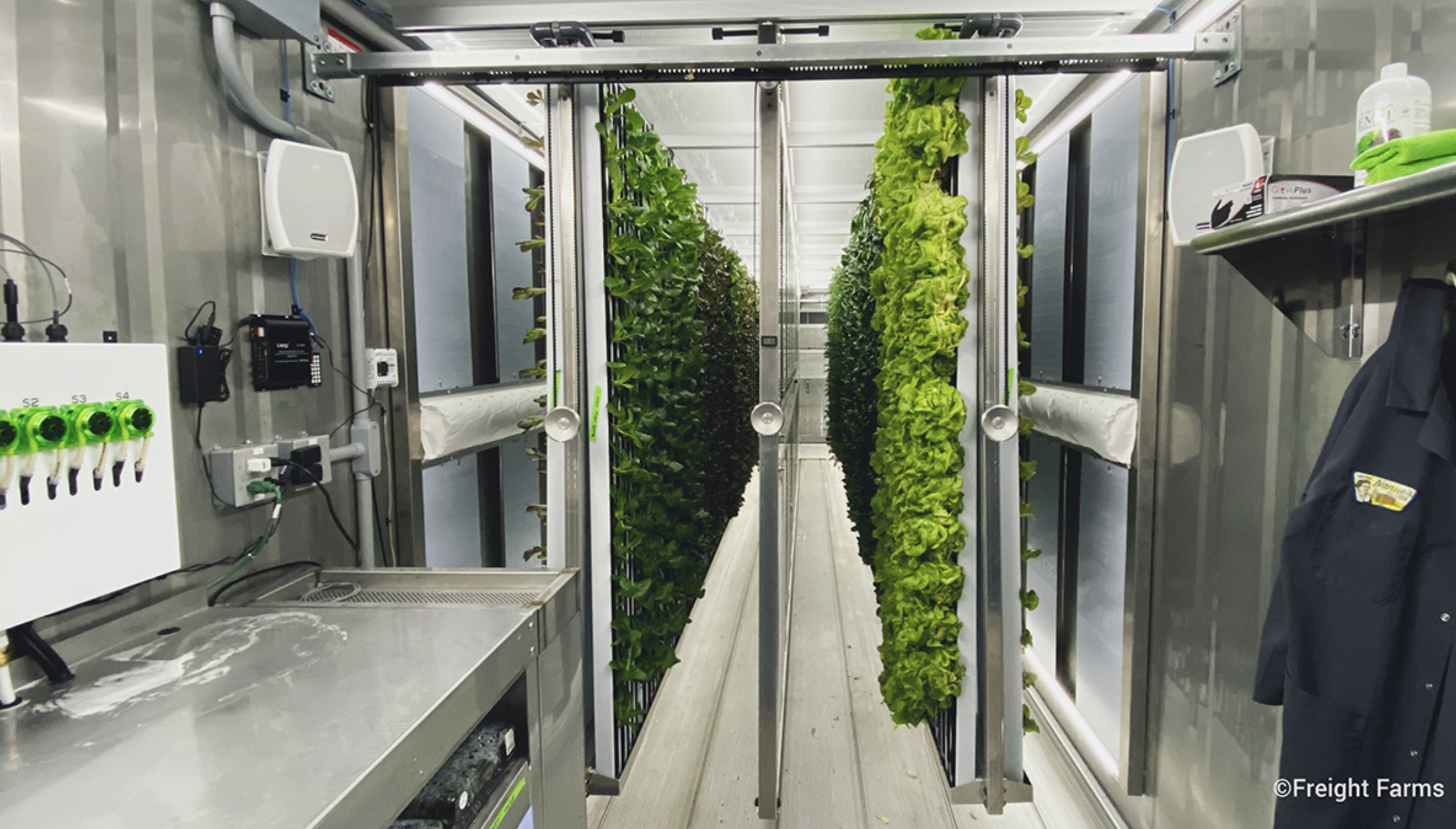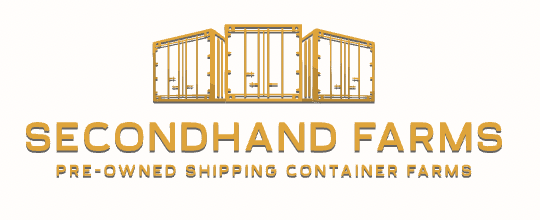Container Farms: Cultivating Freshness In A Box
Eliot Merrill
06-26-24
Imagine having a farm that fits neatly in a shipping container, thrives year-round, and requires minimal water. That's the magic of container farms! These controlled environments allow you to grow fresh, local produce anywhere, from the frigid winters in Anchorage, AK to the scorching heat in Houston, TX. But what exactly can you grow in a container farm, and how does the growing system impact your options?
Hydroponic Techniques: Picking the Perfect Partner for Your Plants
Container farms often utilize hydroponics, a method of growing plants without soil. The specific hydroponic technique you choose will influence the types of crops that thrive in your system. Here's a breakdown of some popular methods and their crop-friendly characteristics:
Nutrient Film Technique (NFT): This technique uses shallow channels where a nutrient-rich water solution continuously flows past the roots. NFT is ideal for leafy greens like lettuce, kale, and spinach, which have shallow root systems that benefit from constant access to water and nutrients.
Deep Water Culture (DWC): Plants are suspended in buckets filled with aerated nutrient solution. DWC is well-suited for larger plants with strong stems, such as tomatoes, peppers, and herbs like basil. These plants require more space for their roots to grow downwards.
Ebb and Flow (Flood and Drain): A flood table fills with nutrient solution, saturating the growing medium (often rockwool or coco coir), before draining completely. This method caters to a wider range of crops, including root vegetables like carrots and potatoes. The periodic dry cycle encourages root development.
Tower Power vs. Tiered Horizons: Understanding Growing Systems
Now that you know about hydroponic techniques, let's explore the two main container farm designs:
Tower Gardens: Imagine a vertical stack of planters connected by a central core that delivers nutrients. Tower gardens are space-saving and ideal for leafy greens and herbs that don't require significant root space. They're a great choice for smaller container farms or those with limited floor space. Container farms such as the Freight Farms Greenery utilize tower-style growing.
Tiered Horizontal Systems: These container farms utilize shelves stacked horizontally with individual grow beds. This layout offers more flexibility for plant selection, accommodating both leafy greens and larger vegetables like tomatoes and peppers. Tiered systems are ideal for those who want to diversify their crop options. The AmplifiedAg AmpNFT container farm utilizes this technique.
The Takeaway: Endless Possibilities in a Box
Container farms offer a revolutionary way to grow fresh produce. By understanding the synergy between hydroponic techniques and growing systems, you can cultivate a thriving farm customized to your needs and preferences. Whether you dream of a tower overflowing with vibrant lettuce or a tiered system bursting with diverse vegetables, container farming empowers you to bring the magic of cultivation anywhere you choose.
Ready to explore the world of container farming? Contact us today to discuss your options and start growing fresh, local produce in your very own container farm!






